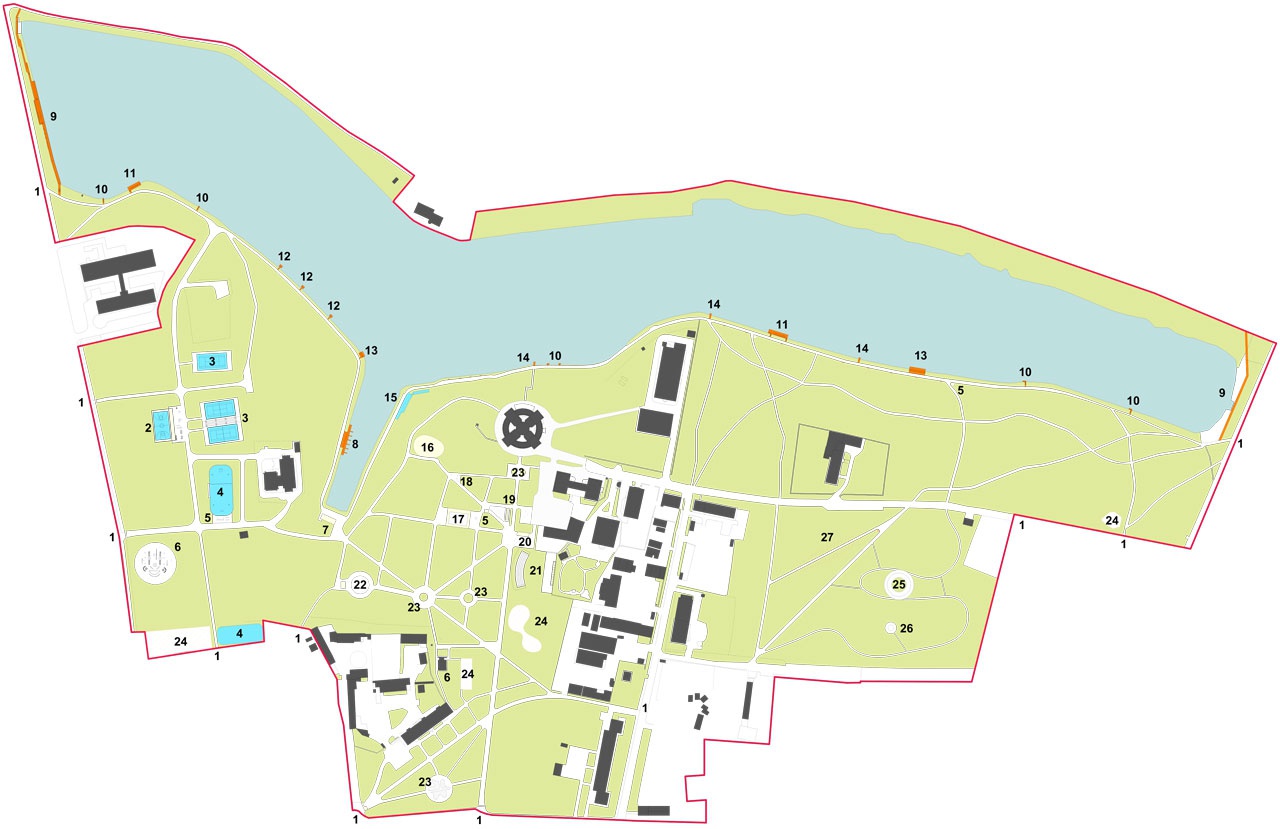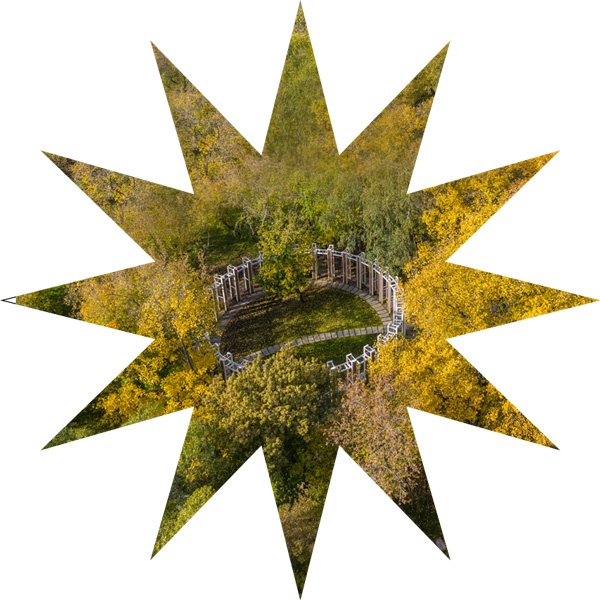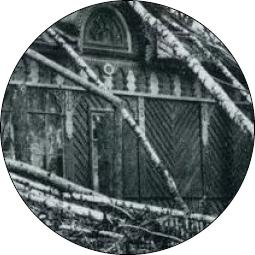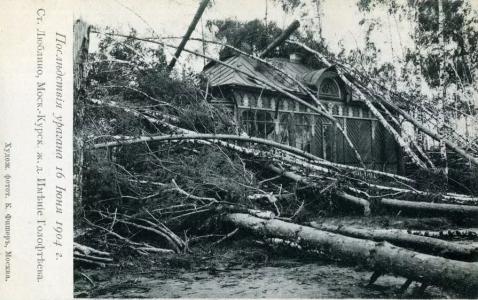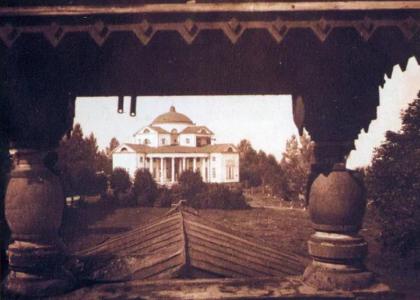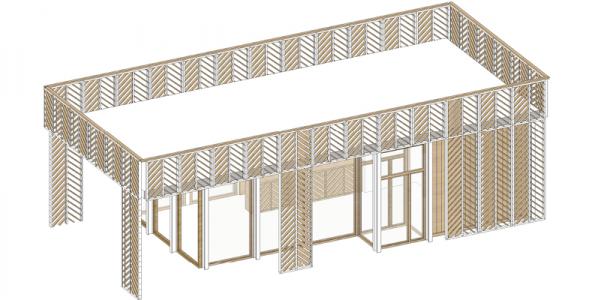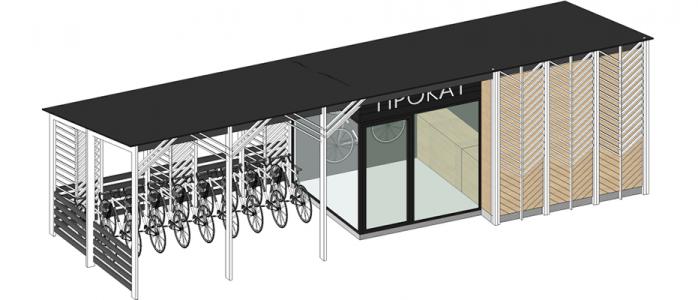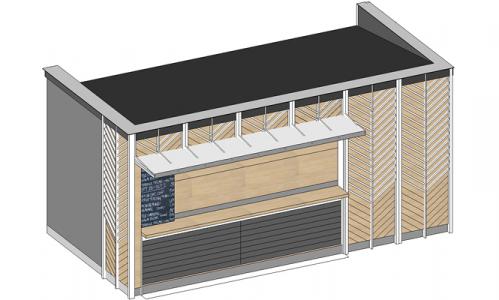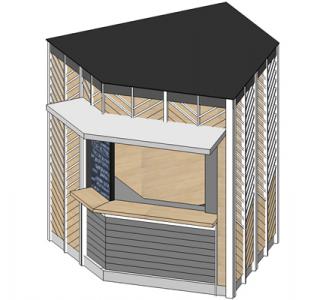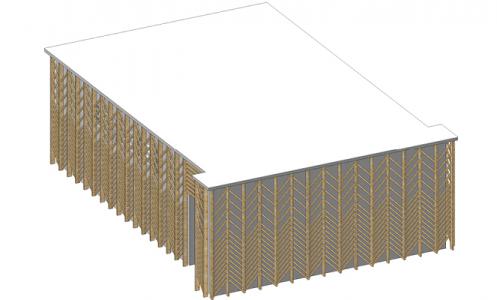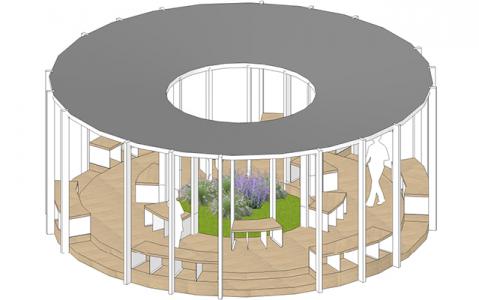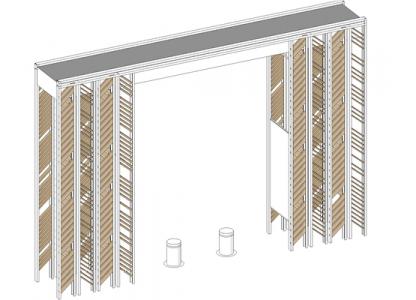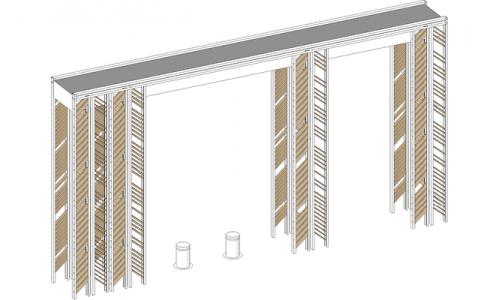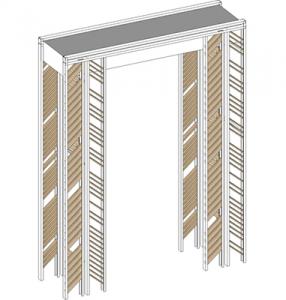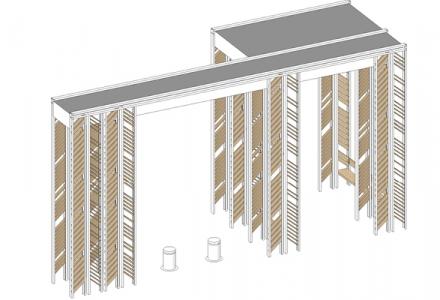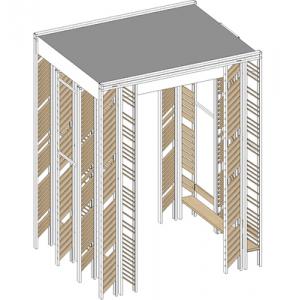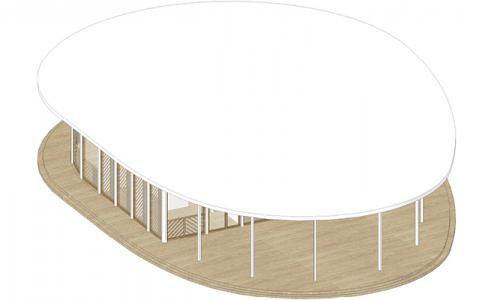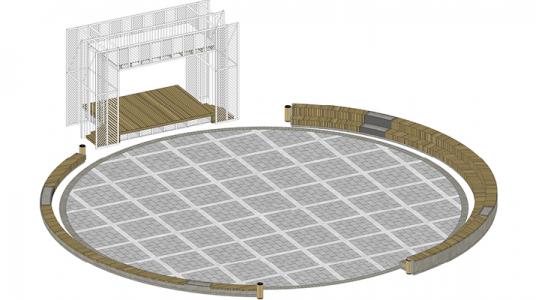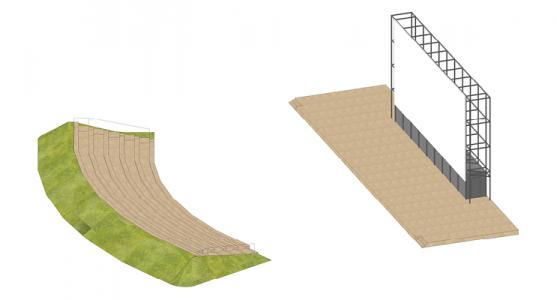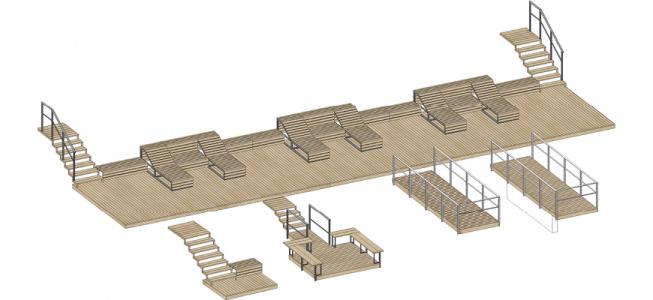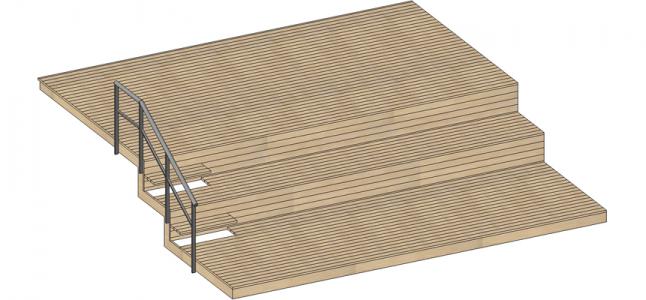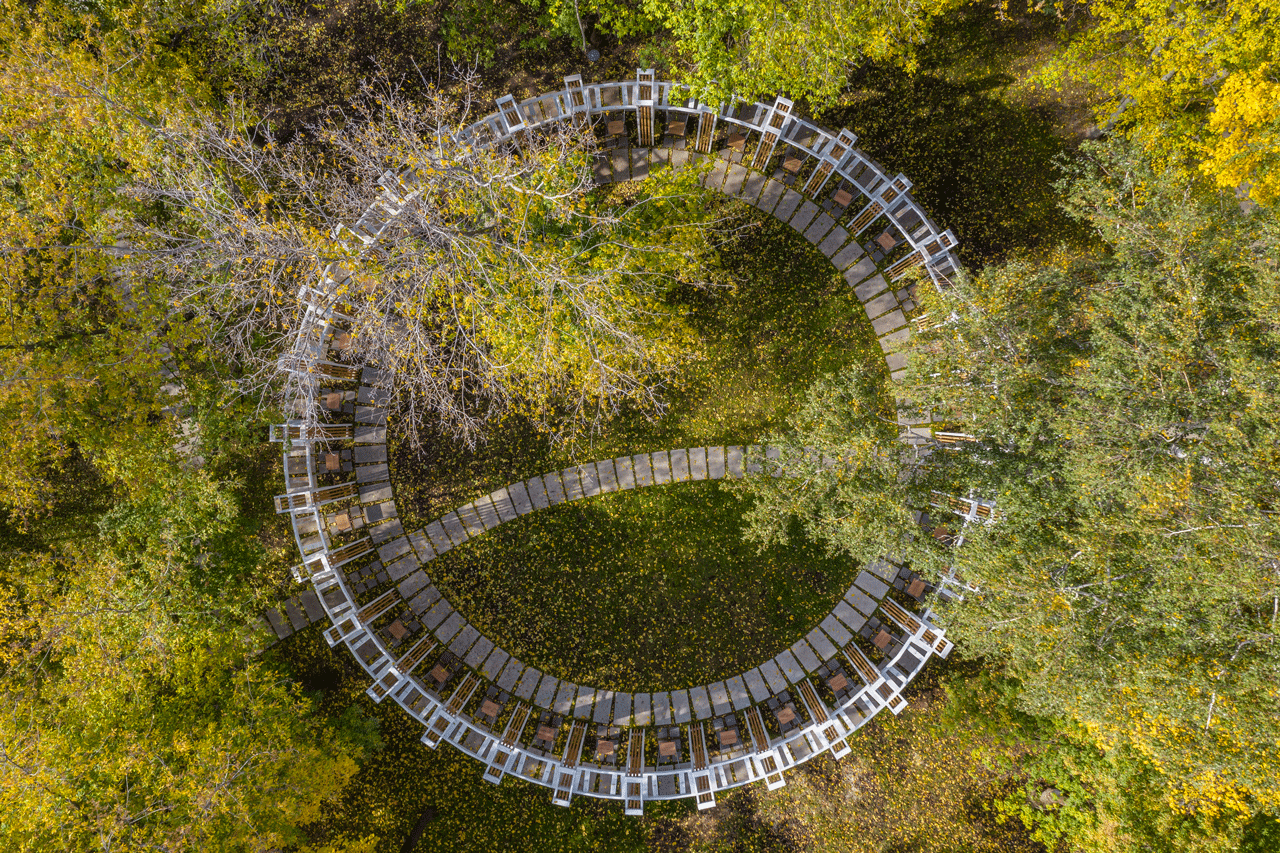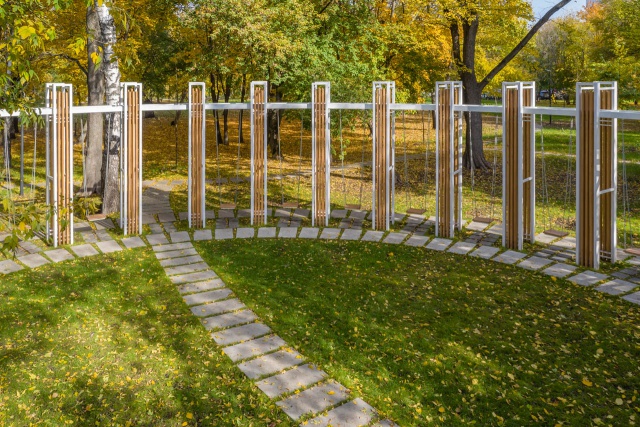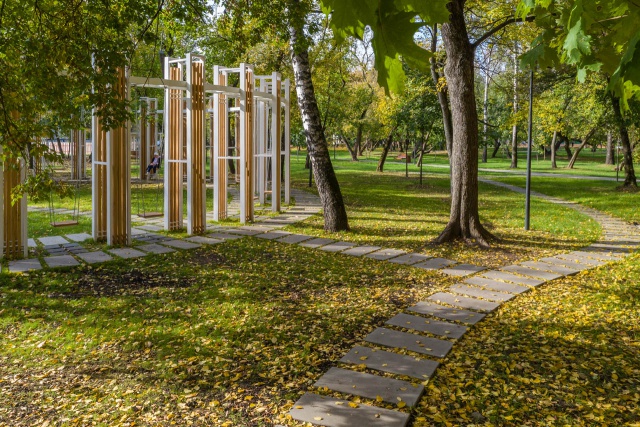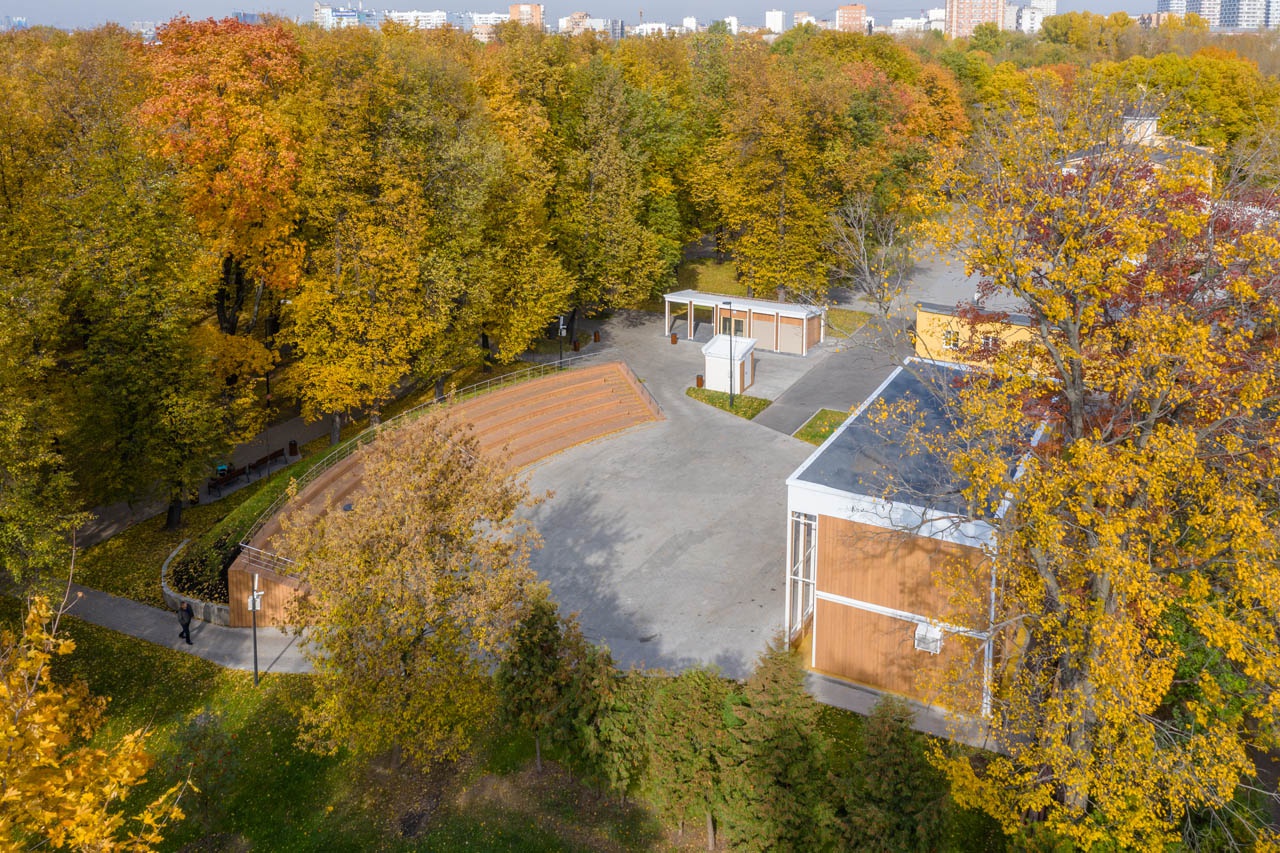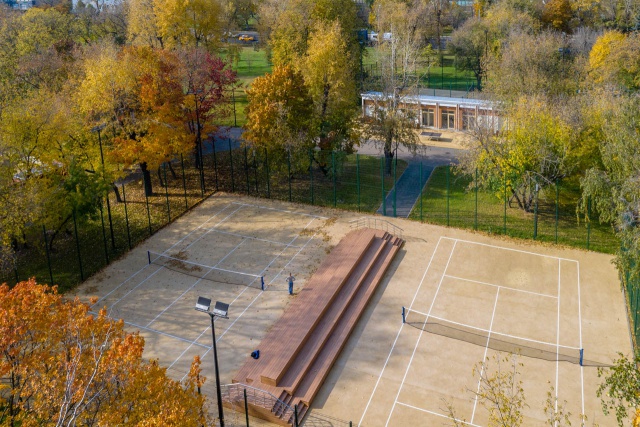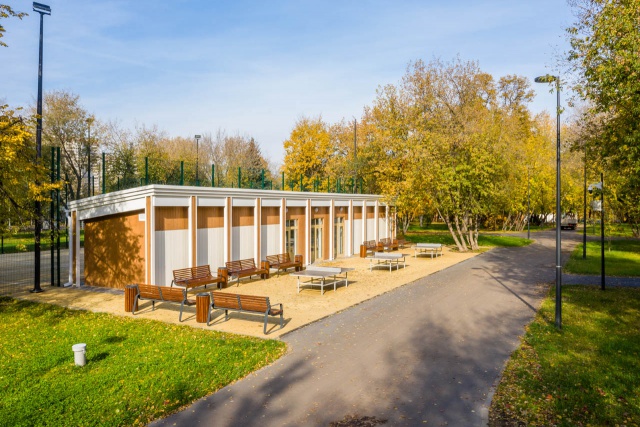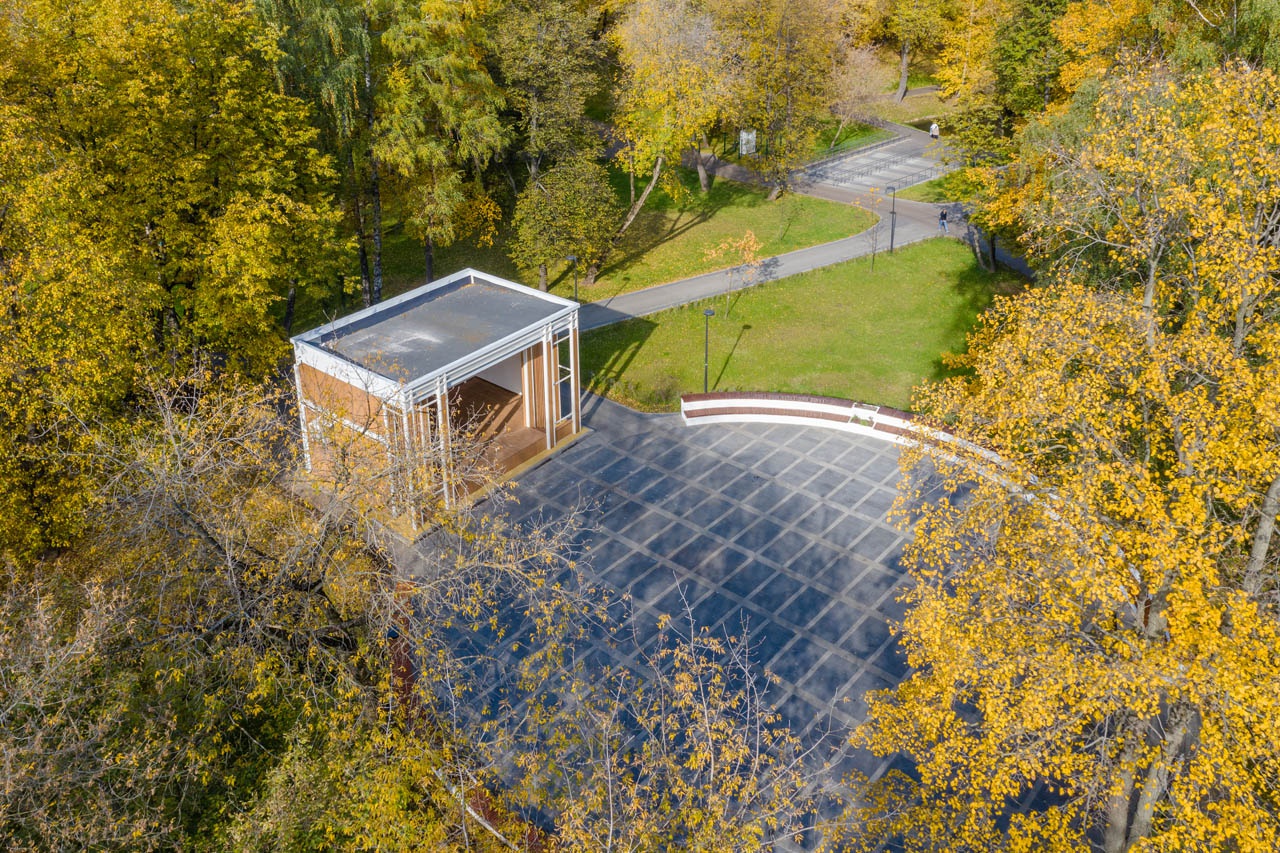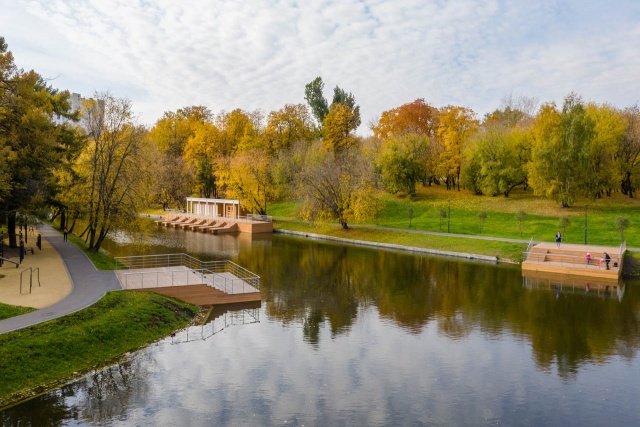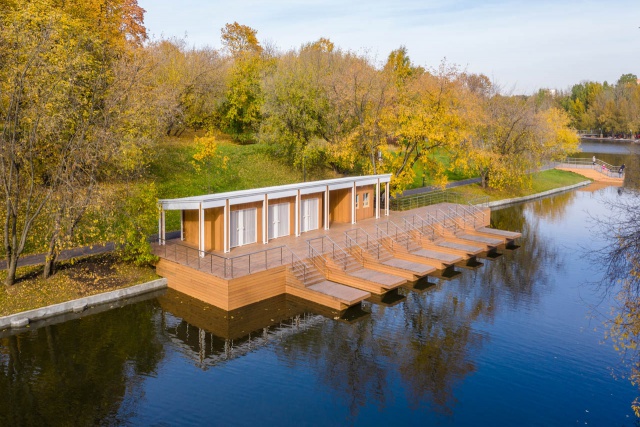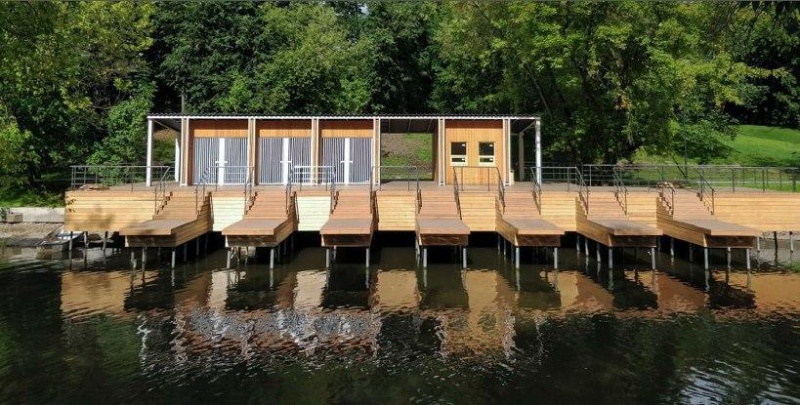Park «Manor Lublino»
"Manor Lyublino" is a specially protected natural area and an object of cultural heritage. But although it is not one of the main tourist routes, residents of Moscow come here to rest even from other areas.
1. RESEARCH
Sociological research (you can find more details in the album) was carried out on the basis of field research and data from open sources. Two respondents went to the estate on weekdays and weekends and interviewed 300 visitors using pre-compiled questionnaires.
WHOM IS THE PARK FOR?
During the sociological research, user groups were identified:
 | 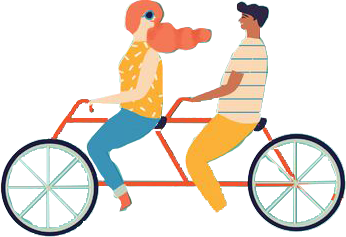 |  |  |  |
| Athletes | Outdoor enthusiasts | Less active visitors | Schoolchildren | Fishermen |
Cyclists Runners Workout users | Cyclists (adults, children) Skiers (adults, children) Runners (and race walking) Young families with children, active Elderly people, active | Middle aged people Young families with children Elderly people People with limited mobility | Children from nearby yards Pupils of nearest schools | Retirees |
 |  |  |  |  |
| Dog walkers | Evening and night persons | Parents with children | Sunbathers | Newlyweds |
Residents of neighboring houses | Residents of neighboring houses The youth Middle aged people | Families living within walking distance | Residents of neighboring houses Retirees Families with children | Muscovites and guests of the capital |
The diagram shows the age ratio of potential users living within walking distance from the manor:
Custom scripts on a weekday:
In summer, the main morning visitors to the estate are fishermen, dog walkers, sunbathers, parents with children.
In the middle of the day, the estate is dominated by parents with children, dog walkers, schoolchildren, sunbathers and athletes.
Evening users: lovers of active and inactive recreation, athletes, evening and night persons, dog walkers.
The results of the survey showed that 31% of attenders visit the estate during the cold season much less frequently than during the warm season.
In winter, the main morning visitors are dog walkers and fishermen, daytime visitors are parents with children, dog walkers, schoolchildren and athletes.
Evening visitors - lovers of active and inactive recreation, athletes, dog walkers.
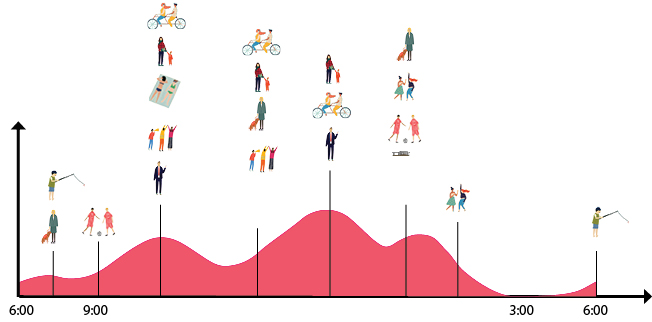 | ||||||
number of visitors | time of day |
Custom scripts on the weekend:
On weekends, the estate becomes a resting place not only for residents of the nearby districts, but is also filled with excursion groups wishing to visit the estate museum. Also on the territory are various mass events and celebrations, including weddings.
During the summertime, the main morning and afternoon visitors to the estate are fishermen, dog walkers, sunbathers, athletes, outdoor enthusiasts and parents with children. Evening users: lovers of active and inactive recreation, athletes, evening and night persons, dog walkers.
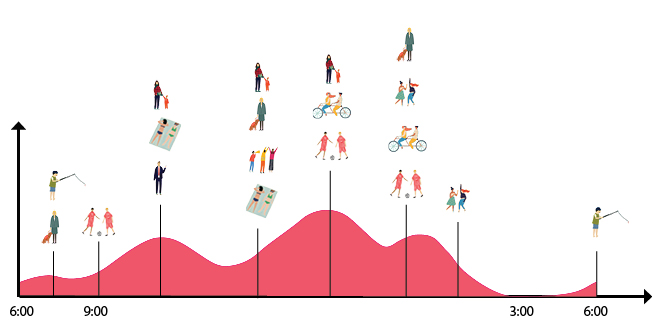 | ||||||
| number of visitors | time of day |
THINGS TO DO
What does each user group need? The findings of the sociological survey in the table below:
| ФУНКЦИИ |  |  |  |  |  |  |  |  |  | ||
| SPORT | Workout |  |  |  |  | ||||||
| Sports playground |  |  |  |  | |||||||
| Ping pong tables |  |  |  |  |  |  | |||||
| Cycling |  |  |  | ||||||||
| Run |  |  |  |  | |||||||
| Rental pavilion |  |  |  |  |  | ||||||
| CHILDREN | Slides for sledding |  |  |  | |||||||
| Playgrounds |  |  | |||||||||
| Rope town |  |  |  |  | |||||||
| Treehouse |  |  | |||||||||
ACTIVE RECREATION | Skate park |  |  | ||||||||
| Walks |  |  |  |  |  |  |  |  |  | ||
| Cycling |  |  |  |  |  |  |  |  | |||
| Horse rides |  |  | |||||||||
| Cross-country skis |  |  |  |  | |||||||
| Boat rental |  |  |  |  |  |  | |||||
| Winter swimming |  |  |  | ||||||||
| Ice rink |  |  |  |  |  | ||||||
| QUIET REST | Green beach |  |  |  |  |  |  | ||||
| Hammocks between trees |  |  |  | ||||||||
| Beach area with sun loungers |  |  |  |  |  |  | |||||
| Places to play chess |  |  |  |  |  | ||||||
| Picnic areas |  |  |  |  |  |  |  |  | |||
EVENT SITES | Summer scene |  |  |  |  |  | |||||
| Music stage |  |  |  |  |  |  |  | ||||
| Summer cinema |  |  |  |  |  |  | |||||
| Dance floor |  |  |  |  |  | ||||||
| INFRASTRUCTURE OBJECTS | Café |  |  |  |  |  |  | ||||
| Ice cream stands |  |  |  |  |  |  |  |  | |||
| WC |  |  |  |  |  |  | |||||
| Bicycle parking |  |  | |||||||||
| Infopoint |  |  | |||||||||
| OBJECTS OF INTERACTION WITH NATURE | Duck feeding pier |  |  |  | |||||||
| Dog playground |  |  |  | ||||||||
| Fishing spots |  | ||||||||||
| Houses for ducks |  |  |  |  | |||||||
2. PLANS
Functional diagram:
 |  | sports zone |
 | embankment | |
 | quiet zone | |
 | zone of cultural events | |
Master plan:
| 1. Entrance group 2. Sports ground with a pavilion 3. Tennis fields with an amphitheater 4. Multifunctional sports ground 5. Kiosk 6. Playground for dogs 7. Cafe by the water 8. Boat station 9. Pedestrian crossing 10. Fisherman's bridge | 11. Wooden beach 12. Arbor on the water 13. Аmphitheater bridge 14. Amphitheater and stage on the water 15. Captain's bridge 16. Workout 17. Pavilion for events 18. Chess square with a pavilion 19. Wood flooring 20. Swing | 21. Rental Pavilion 22. Cafe with a canopy 23. Stage / Summer Cinema 24. Dance square with a pavilion 25. Stage for performances above the flowerbed 26. Playground 27. Circular swing 28. Gazebo 29. Flowerbed 30. Public toilet |
3. ARCHITECTURE
The main tasks: to emphasize the beauty of the park, to integrate architecture into nature, to create an integral recognizable image, to make it gracefully.
The design of the pavilions and SAFs is a direct reference to the wooden architecture of the 19th century estate. The herringbone ornaments found in most of the properties are borrowed from the lost buildings of the estate. At the end of the 19th century, the estate belonged to N. K. Golofteev and was destroyed by a tornado in 1904.
In total, 22 unique objects were designed.
Scroll sideways to view it.
Kiosk on the waterfront
Entrance groups
Pavilions with platforms
SAFs on the water
4. IMPLEMENTATION
❤



